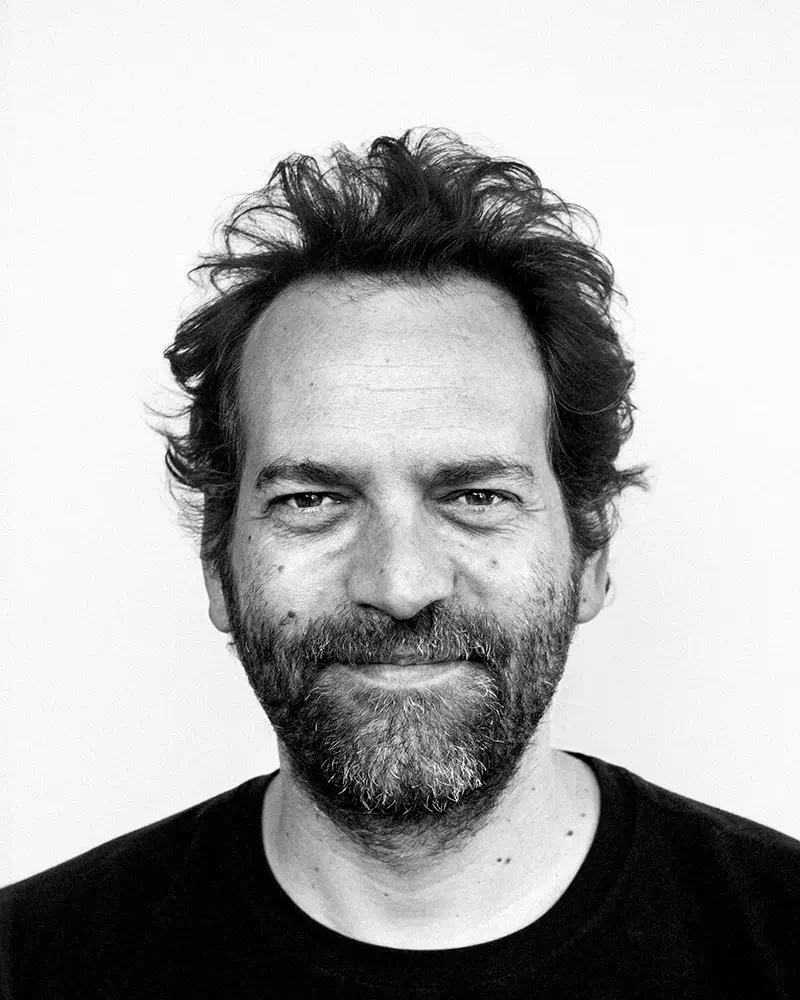I was born in Madrid and grew up surrounded by film and television, gaining early
access to sets that fueled my passion for visual storytelling. My professional journey
began by assisting photographers, which laid the foundation for my career behind the
camera. Over the years, I honed my skills in various roles within the camera
department for film and advertising, eventually establishing myself as a director of
photography.
As a cinematographer, I have had the privilege of shooting several feature films and
hundreds of commercials, traveling to over forty countries. My work has been
recognized at prestigious events such as the Cannes Lions International Festival of
Creativity, the San Sebastián International Film Festival, and the Goya Awards, Spain’s
highest honor in cinema.
Photography remains my passion and a medium for profound creative exploration,
enabling me to use my voice in the art of the still image. Fading will be the first project
to come to life from a series I began in 2008, inspired by the theme of broken dreams.
It suggests a world crumbling under the relentless pressure to keep up, capturing the
melancholic beauty of impermanence and the delicate fragility of persistence.
STATEMENT:
Fading is a subjective view of the American suburb, challenging the perceived ideal of
life. The project delves into the emotional landscape of faded worlds, inviting viewers
on an introspective journey.
I use cinematic visual language to shape the narrative of this project, which aims to
open the door to fiction within reality. It is an external gaze that seeks to reveal the
invisible. I capture the San Francisco South Bay Area until I lose myself, driven by the
obsession to find an image that captures the moment things fade, becoming a broken
dream. The concept of absence, almost dystopian, serves as a mirror, inviting viewers
to explore the hidden layers of suburban life.
